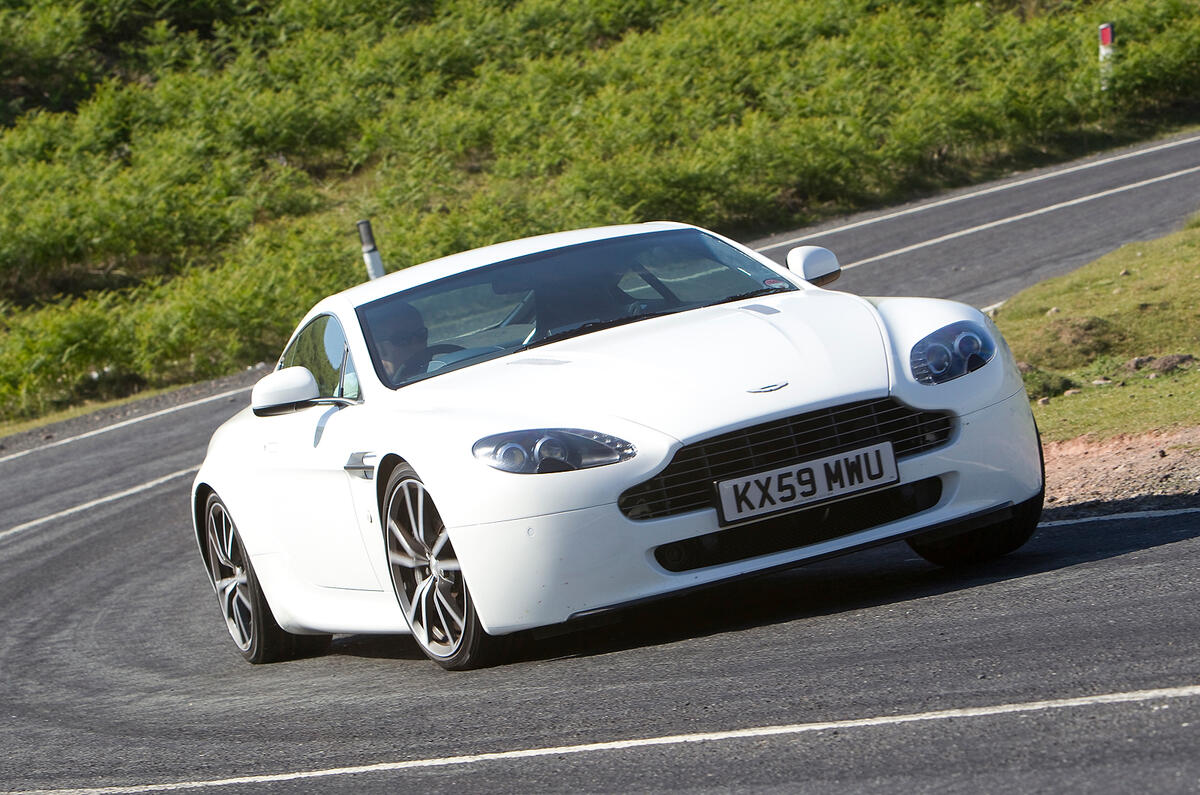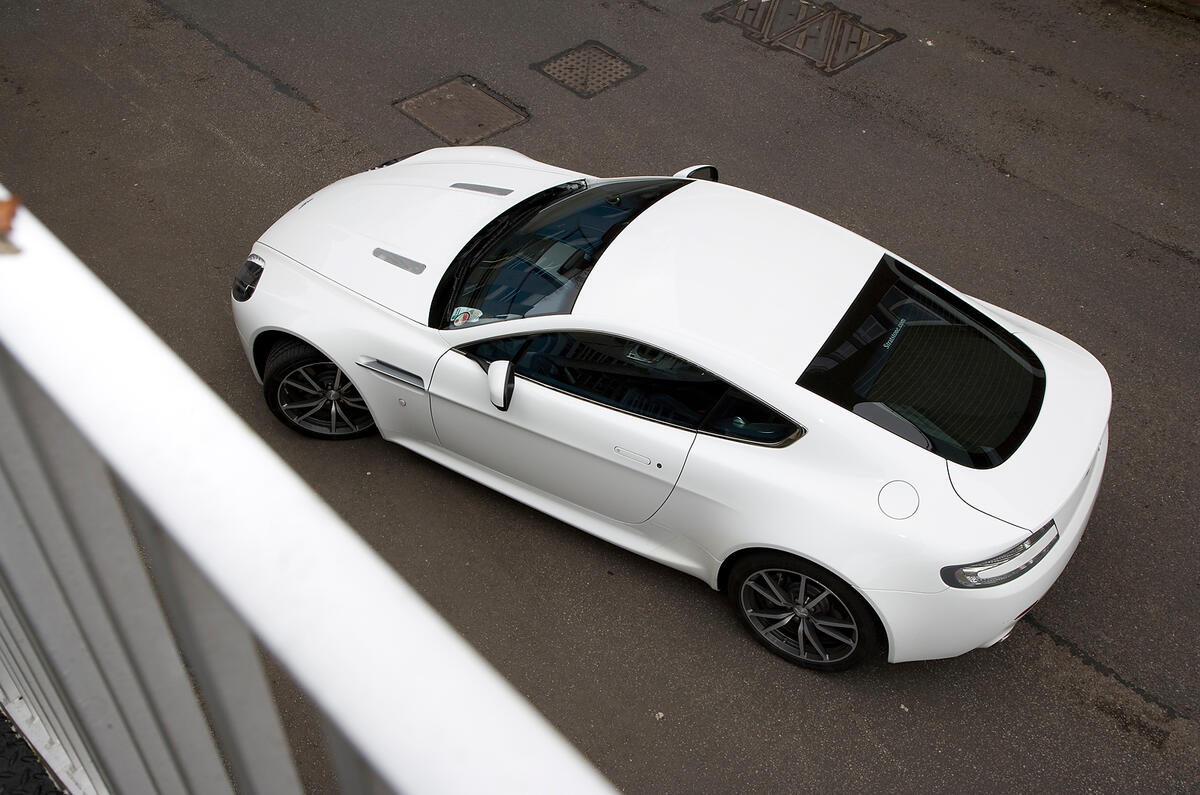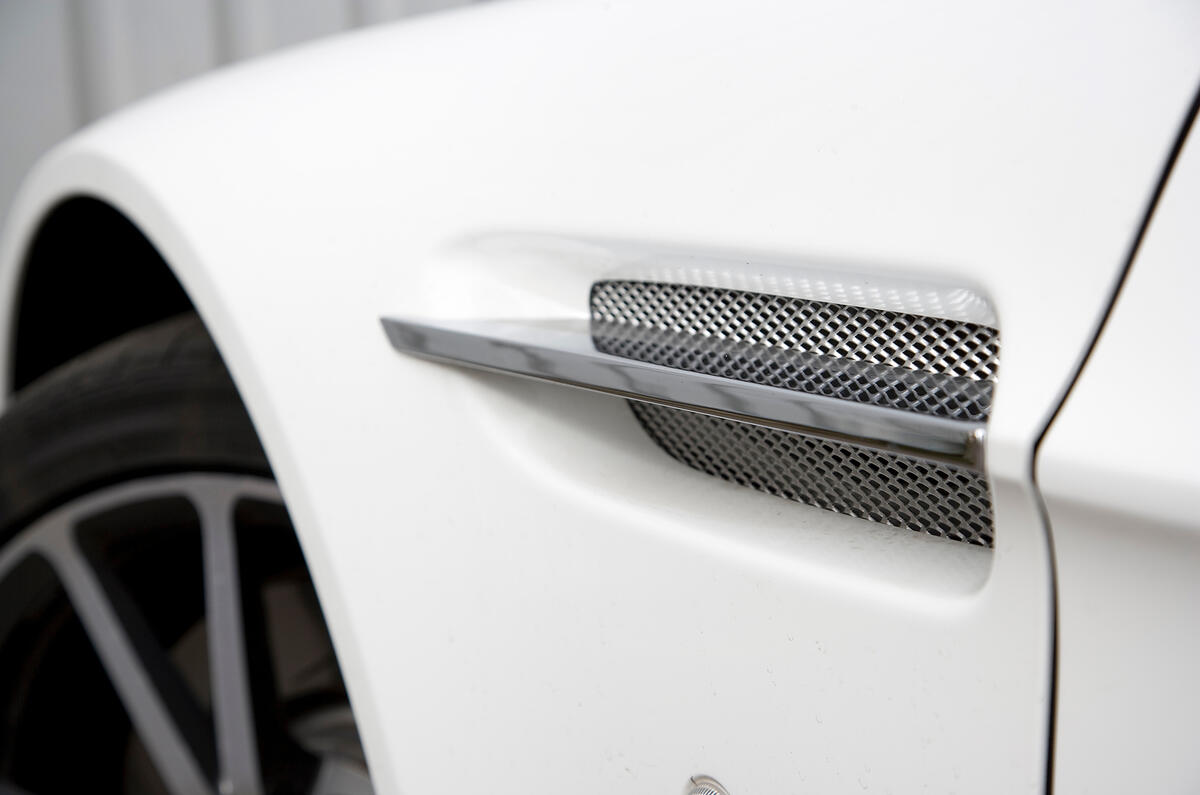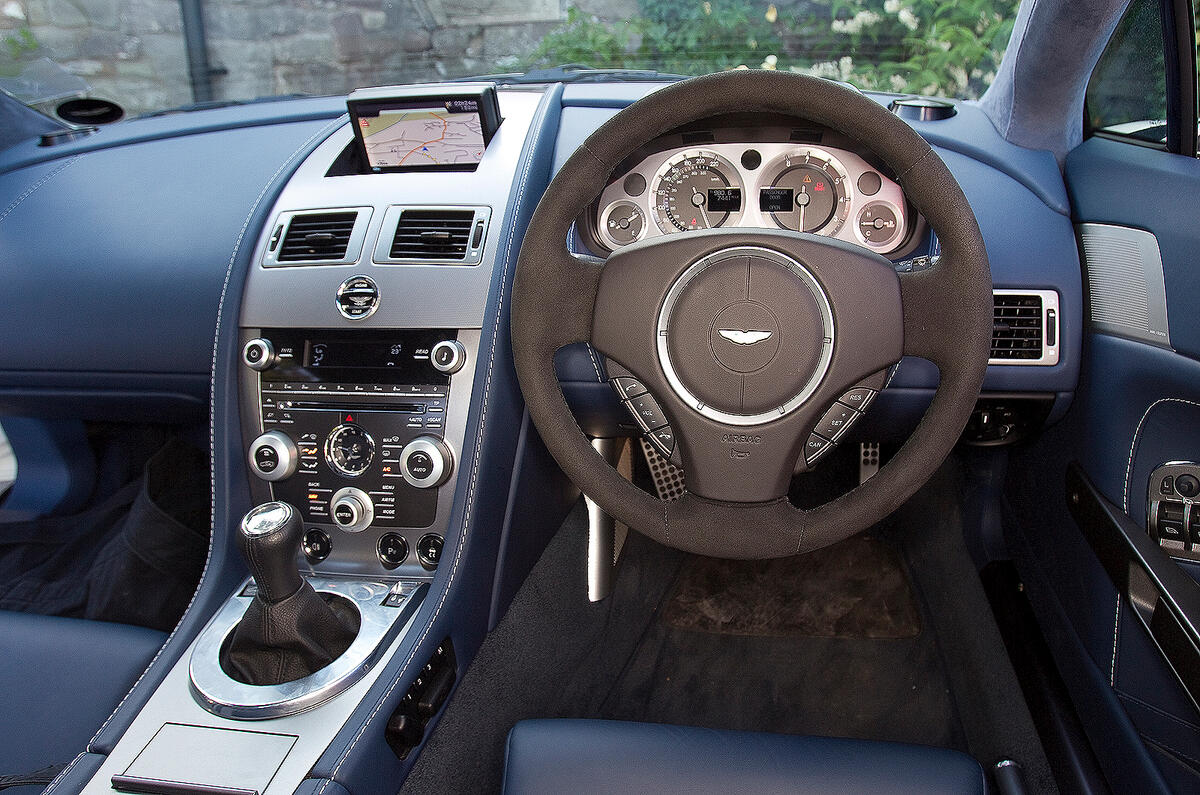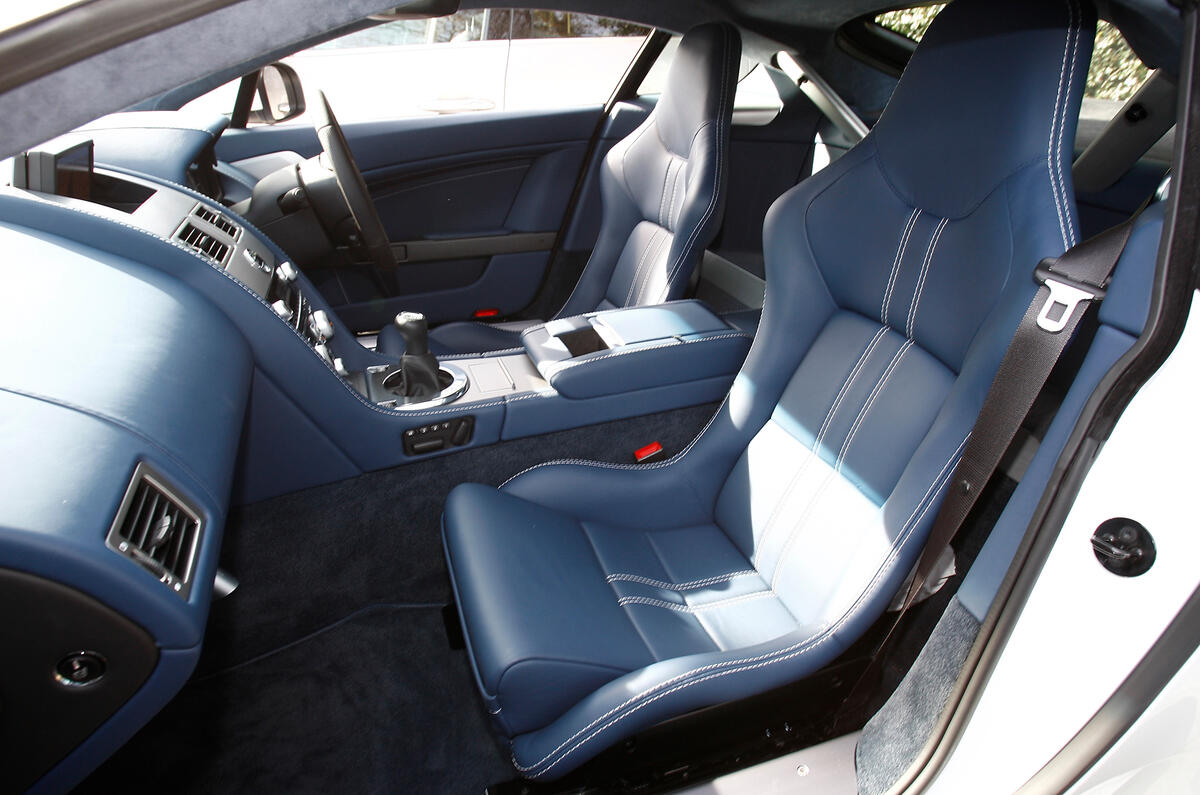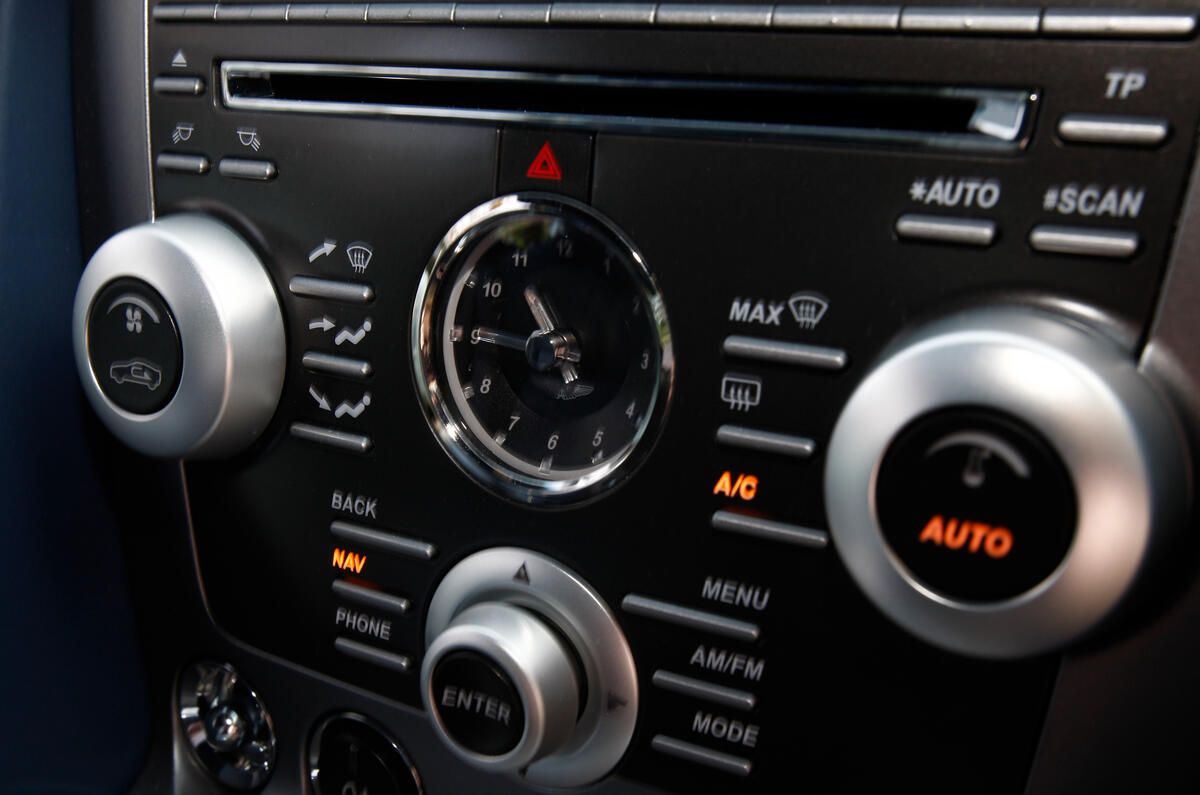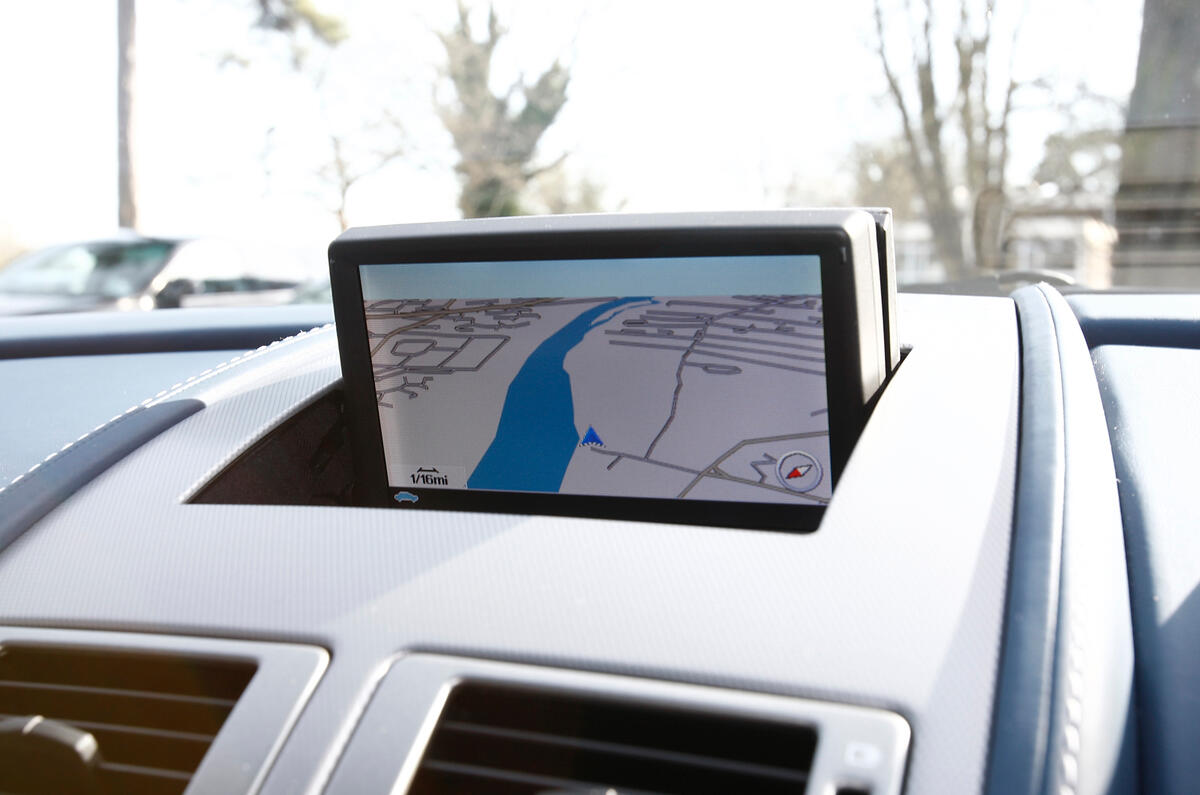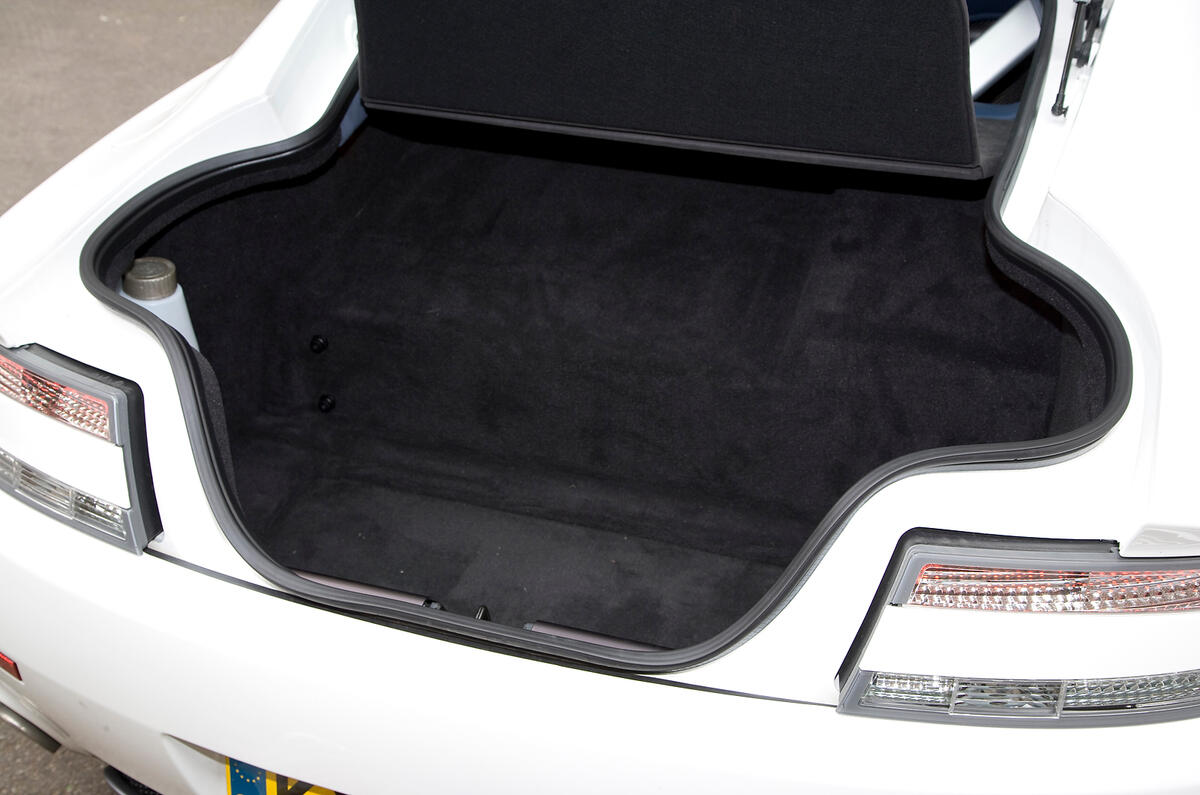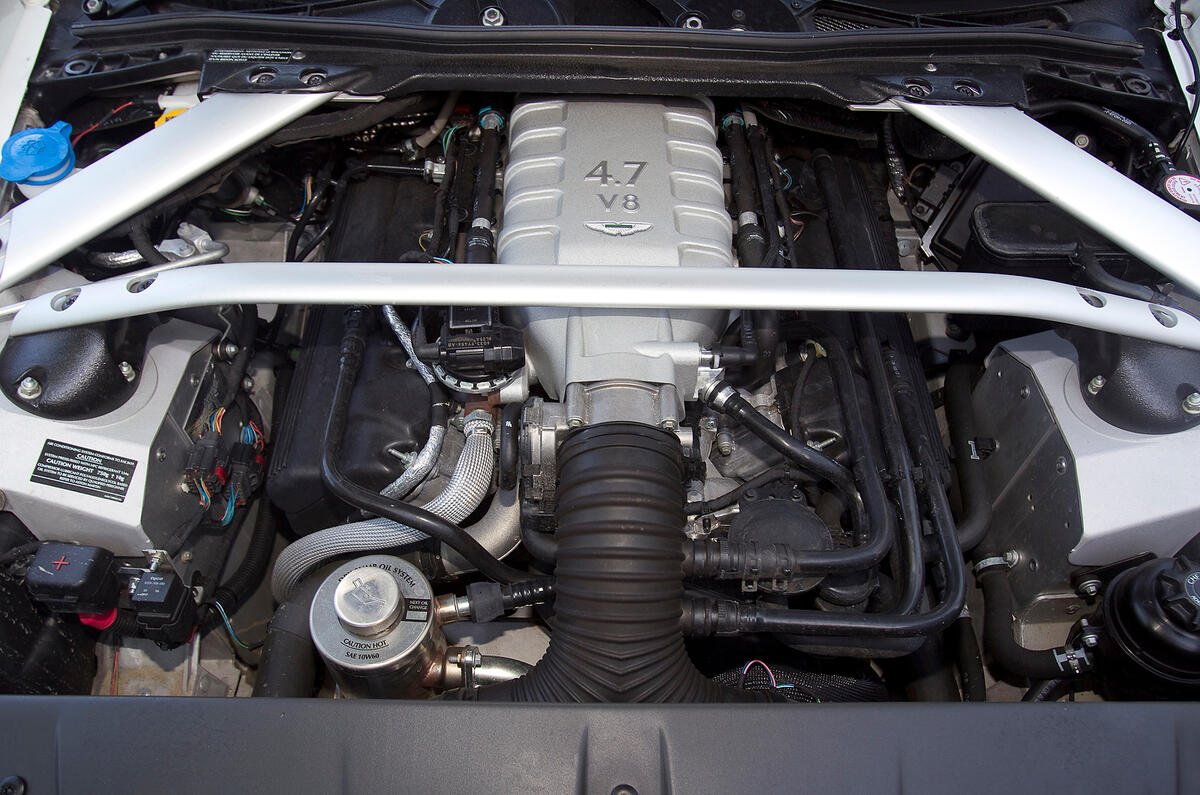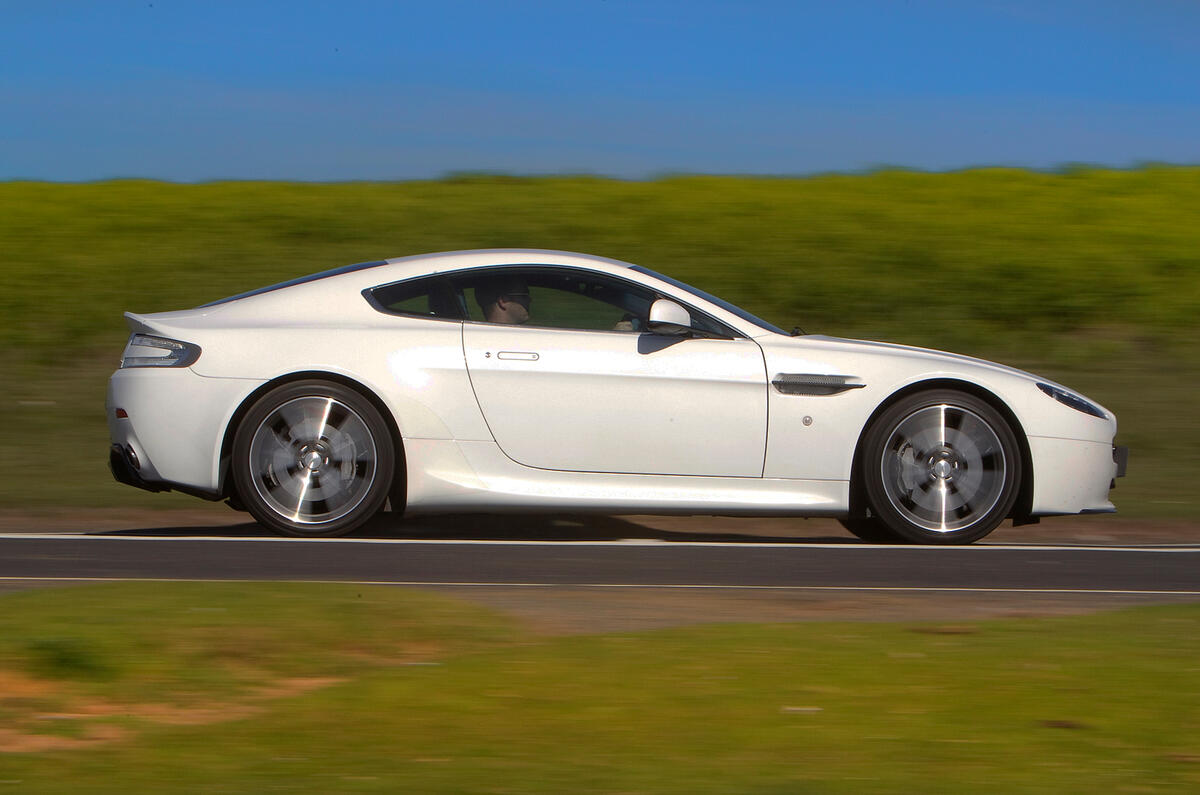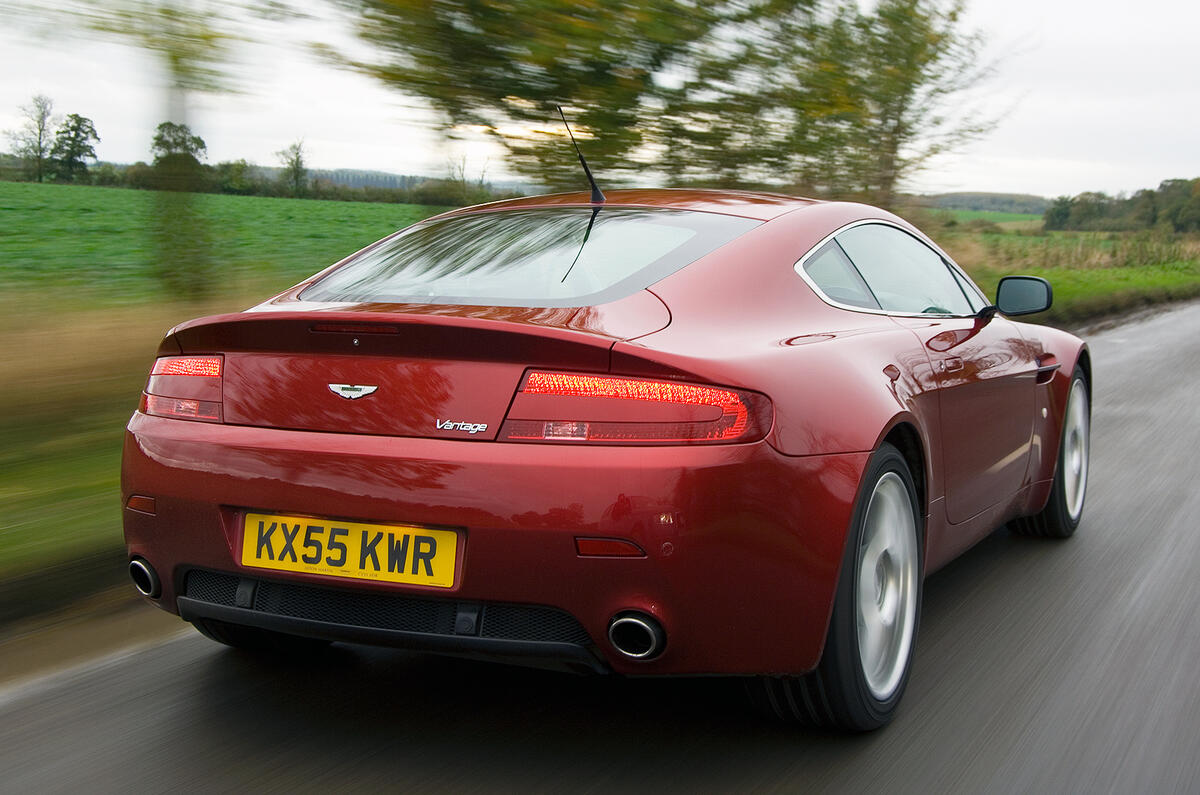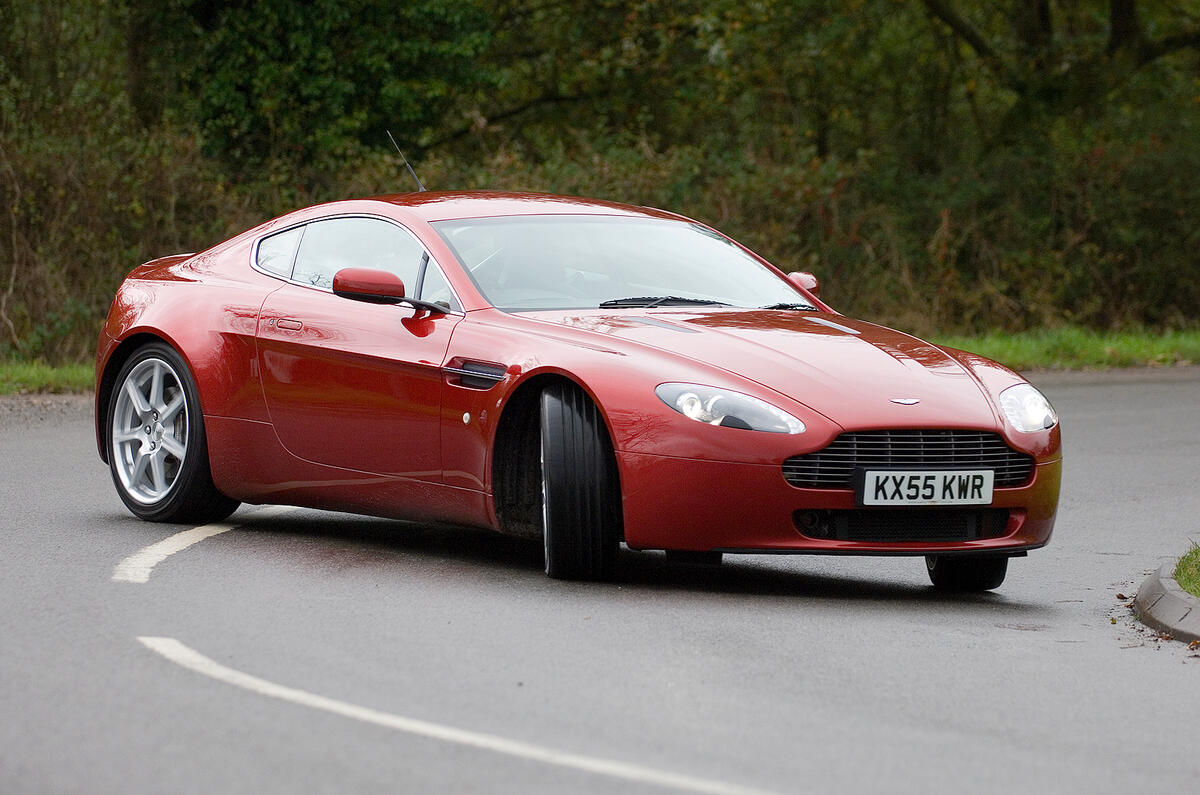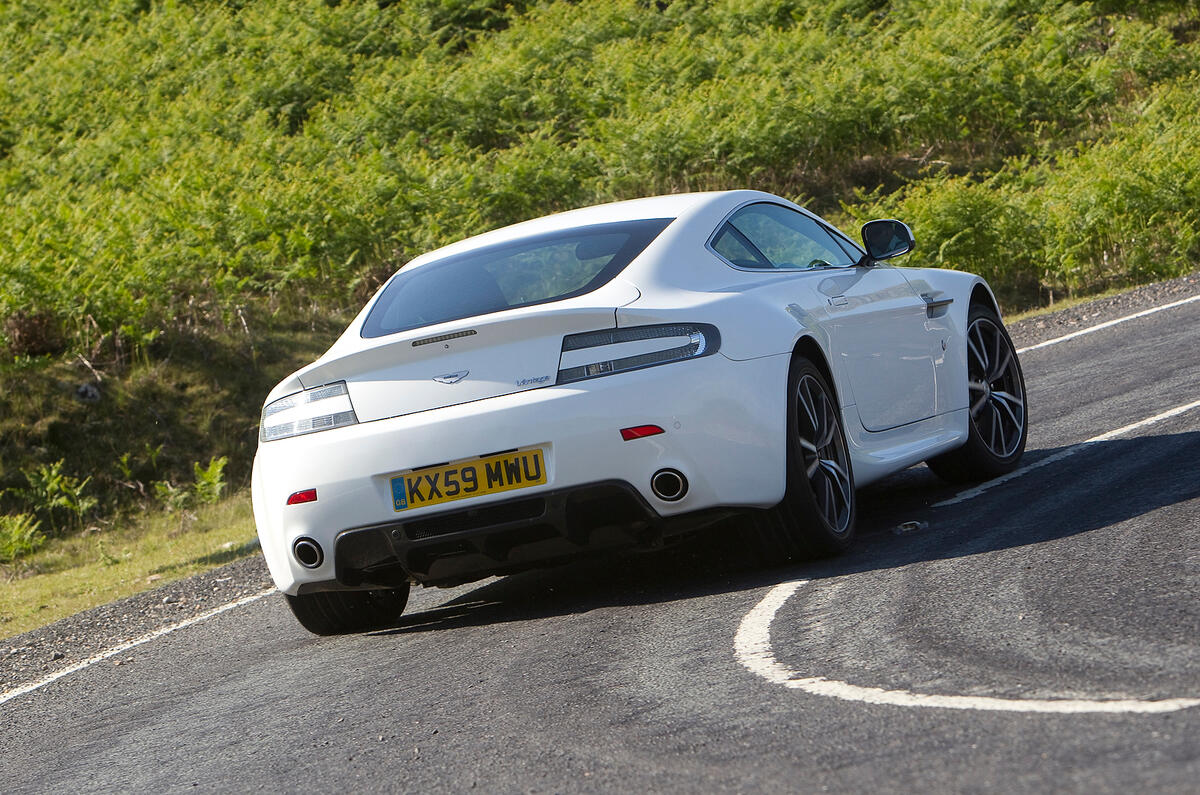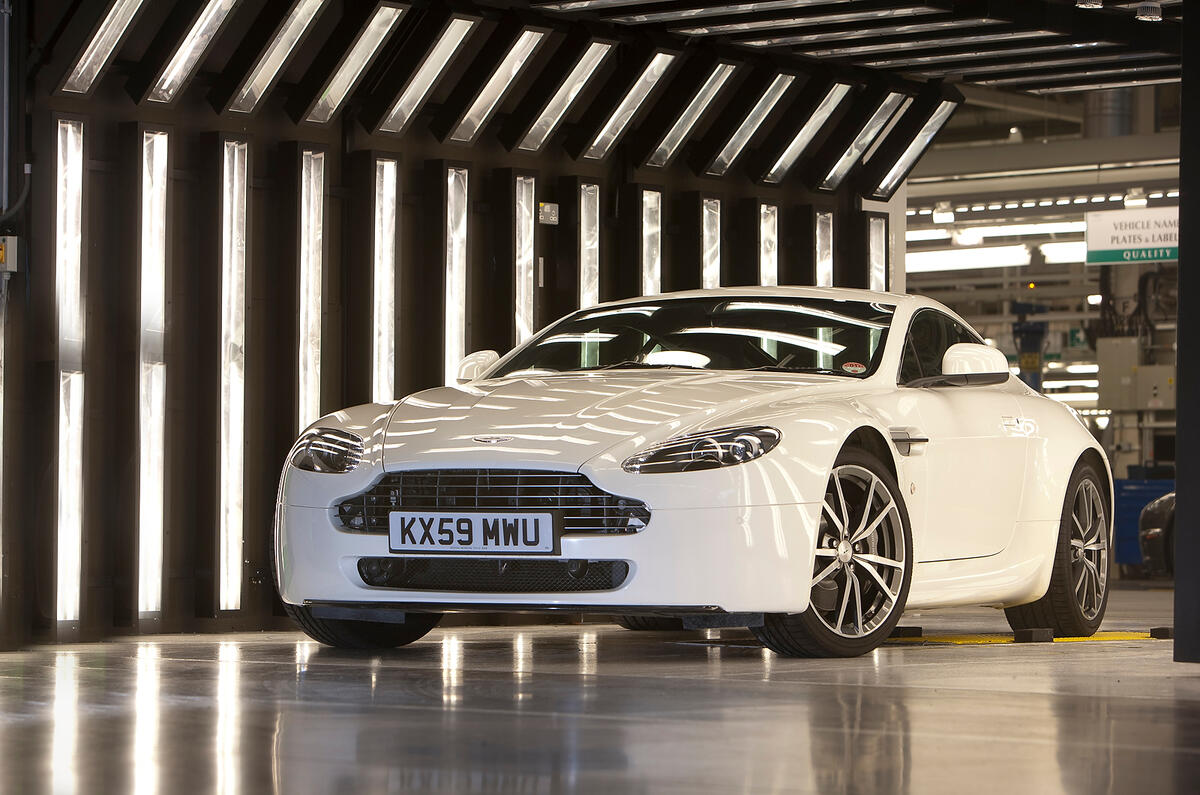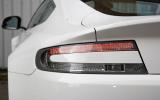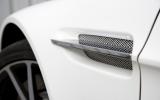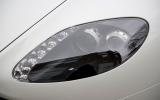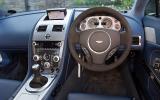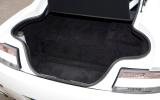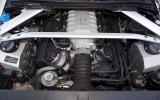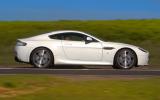Aston Martin has changed radically in the past 15 years and no vehicle epitomises that development better than the V8 Vantage, the baby of the range. It's the car that has undoubtedly played the biggest part in the brand’s revival over the past decade.
2018 Aston Martin Vantage revealed
The legendary ‘V8’ tag once adorned the grand statesman of the Aston Martin range, rumbling behemoths built with tender, loving care in that evocative ramble of sheds at Newport Pagnell. The Vantage range was extended to include the V12 version, Roadster models and two race-derived cars - the GT12 and GT8.
The model uses a shortened version of the aluminium vertical-horizontal platform – seen in its longer form on the bigger and more expensive Vanquish and DB9 – adapted to a model that is ‘mass market’ by Aston’s standards.
In a way, then, this is the toughest test yet for the construction, because the Vantage name has come to stand for aggression, compactness and driver focus.
And the latest generation has to deliver all of those in spades if it’s to keep pace with a number of outstanding rivals in this class; merely ‘being an Aston Martin’ won’t be enough against such accomplished cars as the Audi R8, Lamborghini Huracan, Ferrari California T and Porsche 911.


